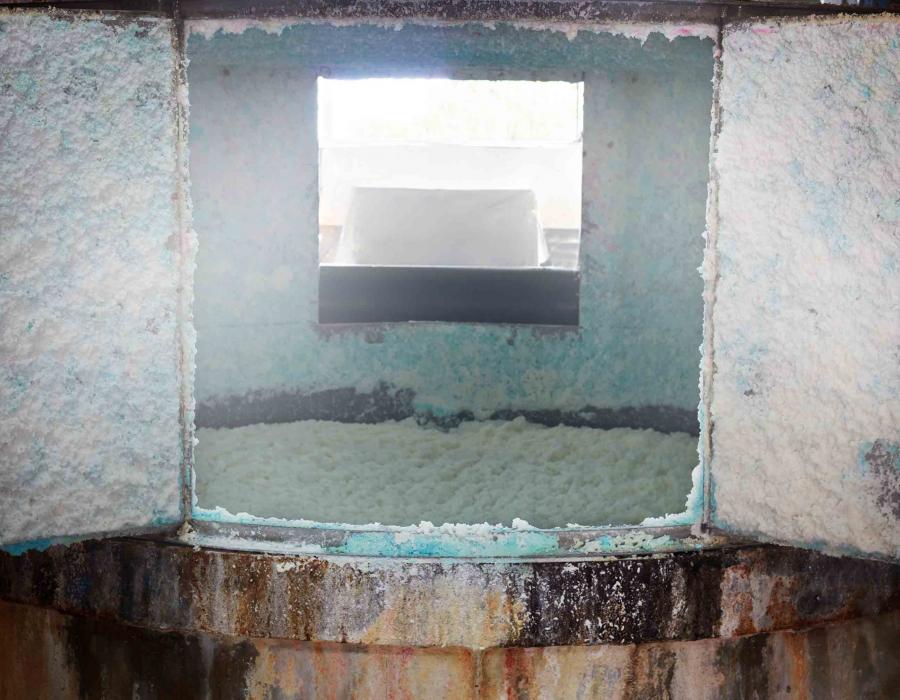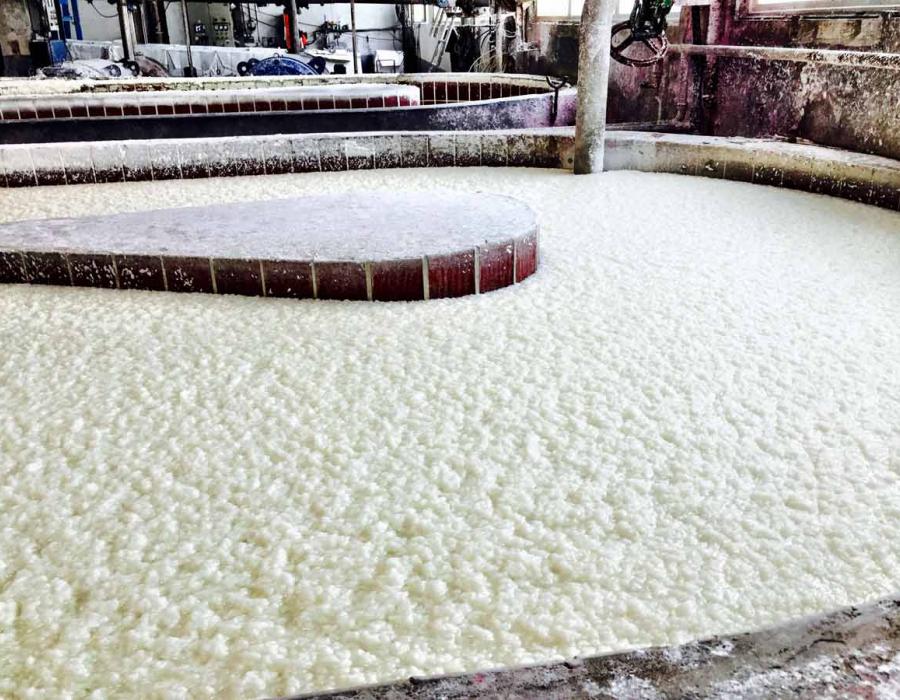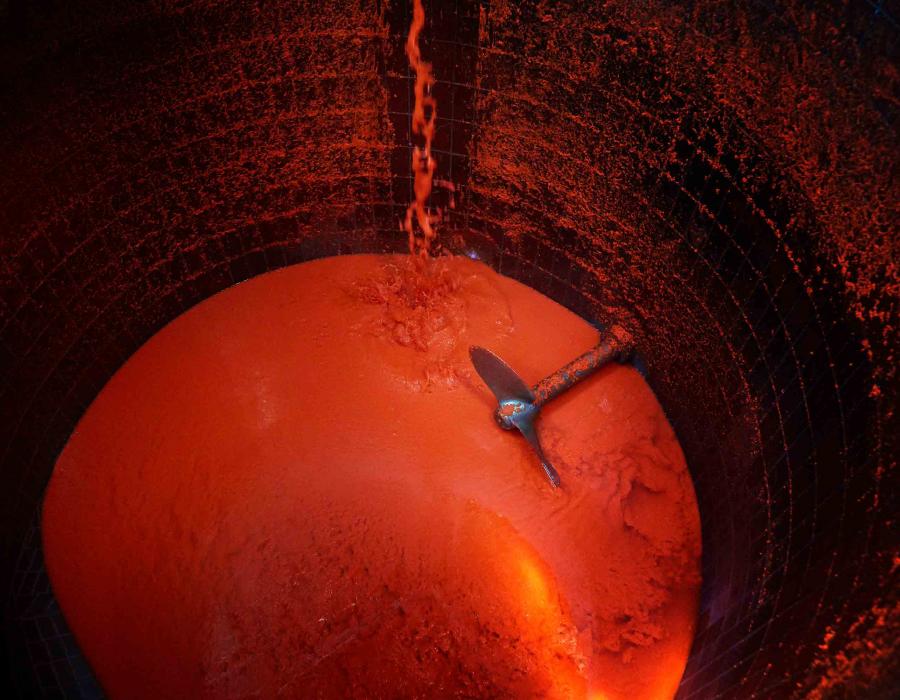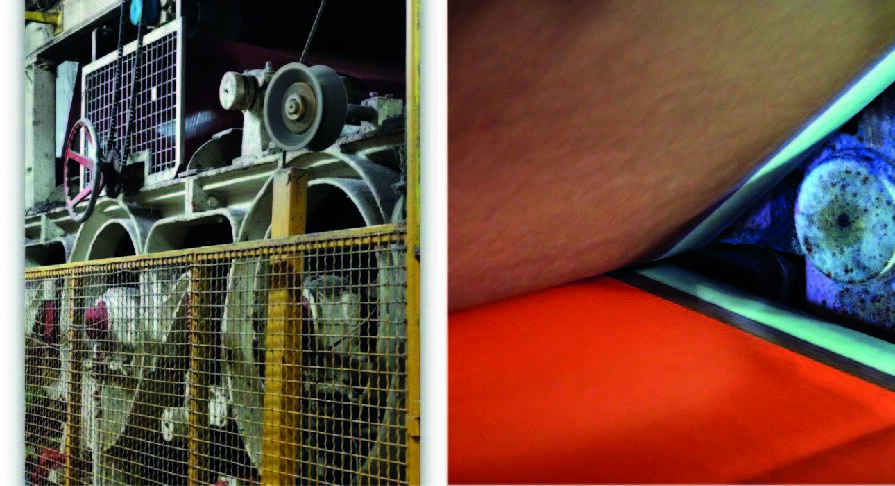From the moment the raw material for manufacturing paper is obtained until it reaches the end user, paper goes through a series of mechanical and technical processes that give it its final result. Depending on the appearance sought, our papers will go through different phases that will lead them to vary so that smooth, gummed, embossed, bright, matt, stamped finishes, etc. can be obtained. These processes evolve continuously so that we can adapt to our customers’ needs and to the stringent market demands, although the actual method of paper production has not varied greatly over the years.
Once the cellulose has been obtained from the tree wood (a process we shall not elaborate upon in this post, since generally speaking it is performed by outsourced companies), the manufacture of the paper with the fibres obtained begins. Guarro Casas uses only pulp that originates from forests monitored and certified for this purpose, with the ultimate goal of avoiding the deforestation of our planet, making sure that it has been produced sustainably and protecting the environment.

Preparation of the cellulose pulp
Once the chips have been obtained from the tree trunks, cellulose sheets are prepared, which are like large-format and thick mats and will subsequently be used to manufacture the pulp of this material. Cellulose is actually the wood of the tree from which the fibres have been separated and bleached. Most of our papers are made with a high percentage of long fibres, thus giving them excellent mechanical characteristics.
Therefore, the cellulose sheets that reach the factory are entered into the pulper, together with the water that will help to wet them and beat them down. The pulper is a large container, which could be compared to a giant mixer or blender, since it has a blade at the bottom that stirs the content and mixes the ingredients that will be added to the machine. This process serves to integrate both elements until a homogeneous and suitable mix is obtained since this pulp will be the basis for creating the paper sheets.

Separation of fibres and addition of colour
Once the pulp exits the pulper, it is run through a Hollander beater where more water is added to the composition. In this way, the cellulose fibres are separated further and the mix is properly homogenised. To give this pulp a specific hue, it goes through a second Hollander beater, where the colour prepared separately in another very deep tank is added. In this tank, a large blade mixes the dyes that are needed to obtain the final result.
Our production process uses premium-quality additives and dyes to achieve exceptional results in terms of colour lightness, a homogeneous appearance and resistance to light, among other factors.

Formation area
Once the pulp is finished, it enters the paper production machine. The mixture created is squirted like a waterfall through the head box onto the Fourdrinier table. This is a moving table which, as the fibres are placed on it, defines the direction of the paper’s fibre. Any future processing of the material must be done taking fibre direction into account and this will be essential if we are to guarantee a good job and the best mechanical and aesthetic properties in the final result.
In the initial phase, the pulp that emerges after the inks are drained is placed on the forming conveyor, comprised of a wire mesh through which the water removed from the mixture is drained. Moreover, suction units in this area gradually drain as much excess water as possible from the liquid as it moves through this part of the machine.

Drying area
In order to continue to remove moisture from the paper, the pulp (now more compact) is conveyed to the drying area. In this area, the machine is comprised of a set of large cloths or felts that absorb the moisture; it is also fitted with metal drums heated with steam from the inside which complete the drying of the paper when they touch it.
However, paper production does not end with the drying of the material, since other processes await it that apply surface treatments to the paper, control its quality and prepare it to ensure the best possible final result. In the next post you will find out more about these final phases until the delivery to the customer.
